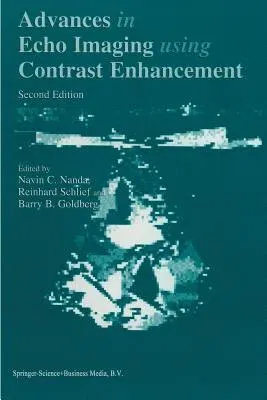The first edition of this definitive text ran to 24 chapters. The second
edition, reflecting the explosive growth of interest in
echo-enhancement, contains 44. The first section deals with some of the
most important emerging issues and technologies and covers harmonic
imaging, the use of echo-enhancers to provide quantitative information,
and the application of enhanced power Doppler to tissue imaging. The
second, on contrast echocardiography, explores the use of
echo-enhancement during transesophageal imaging. One chapter describes
the use of contrast-enhancement transesophageal imaging to determine
coronary flow reserve and another gives a detailed account of the
application of the technique to the evaluation of left ventricular
function. Other authors describe the intraoperative use of contrast
echocardiography and discuss the potential of myocardial contrast
echocardiography to replace thallium scintigraphy. Another chapter
covers the emerging technique of transient response imaging and its role
in the assessment of myocardial perfusion, and two chapters are devoted
to three-dimensional contrast echocardiographic assessment of myocardial
perfusion. Use of echo-enhancement in the evaluation of peripheral
circulation is discussed in chapters on carotid and peripheral arterial
flow imaging and others that describe renal and hepatic vascular
imaging. The newer applications of echo-enhancement outside the
cardiovascular system are described in three chapters devoted to the
visualization of tumour vasculature. The final chapters look to the
future and cover the imaging of intramyocardial vasculature, the
development of site-specific agents and the emergence of the new
acoustically active agents.

